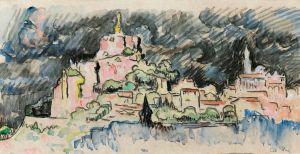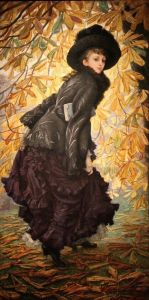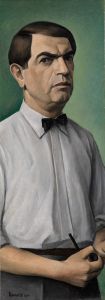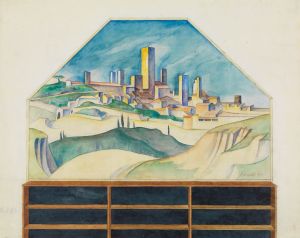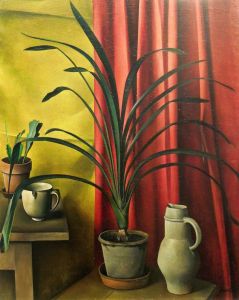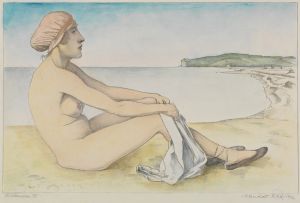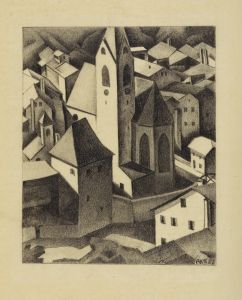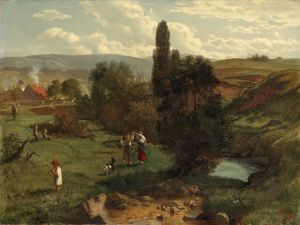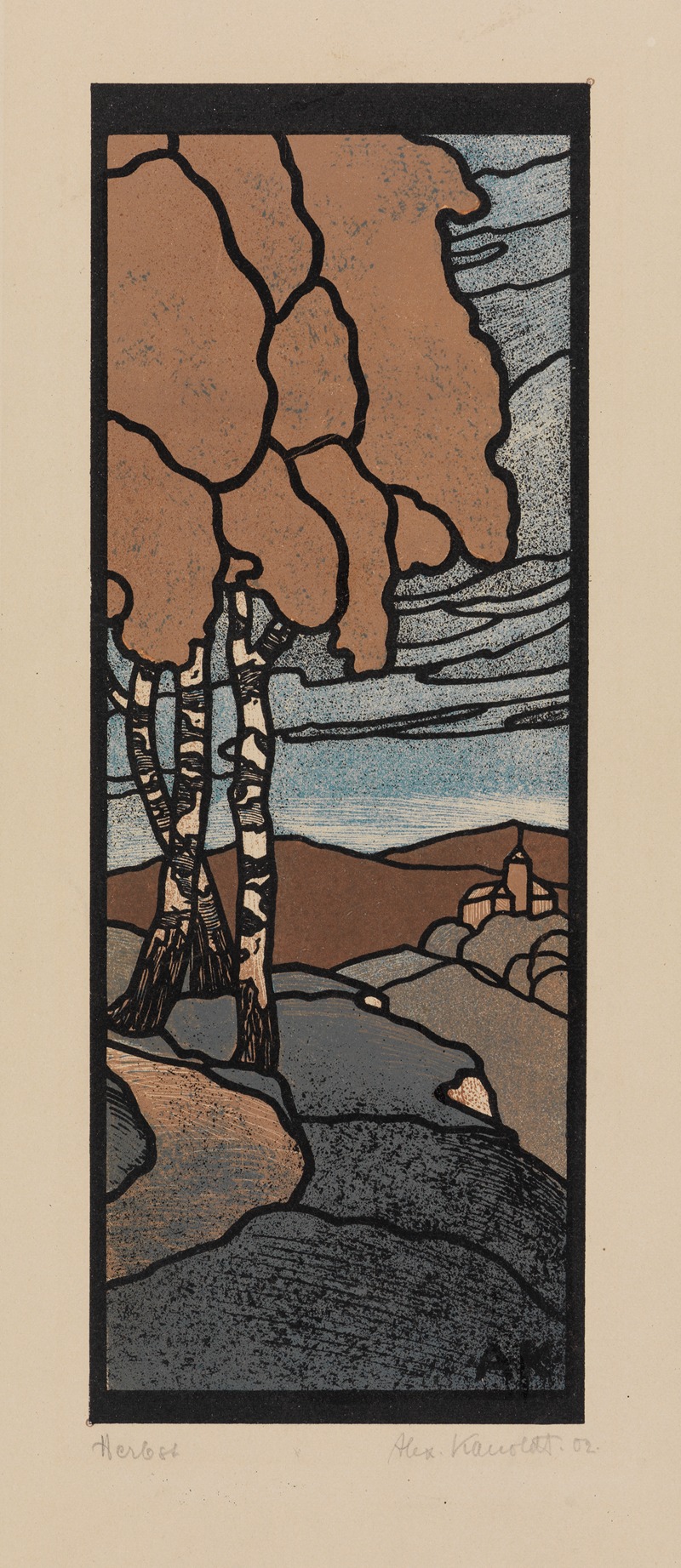
Herbst
A hand-painted replica of Alexander Kanoldt’s masterpiece Herbst, meticulously crafted by professional artists to capture the true essence of the original. Each piece is created with museum-quality canvas and rare mineral pigments, carefully painted by experienced artists with delicate brushstrokes and rich, layered colors to perfectly recreate the texture of the original artwork. Unlike machine-printed reproductions, this hand-painted version brings the painting to life, infused with the artist’s emotions and skill in every stroke. Whether for personal collection or home decoration, it instantly elevates the artistic atmosphere of any space.
Alexander Kanoldt was a German painter associated with the New Objectivity movement, which emerged in the 1920s as a reaction against the emotionalism of Expressionism. Kanoldt's work is characterized by its precise, realistic style and often features still lifes, landscapes, and portraits. One of his notable works is "Herbst" (translated as "Autumn"), which exemplifies his meticulous approach to composition and detail.
"Herbst" is a still life painting that reflects Kanoldt's interest in capturing the essence of everyday objects with clarity and precision. The painting typically features a carefully arranged composition of autumnal elements, such as fruits, leaves, or other seasonal motifs. Kanoldt's use of color and light in "Herbst" is subtle yet effective, highlighting the textures and forms of the objects depicted. The painting's palette often includes warm, earthy tones that evoke the feeling of the autumn season.
Kanoldt was part of the Neue Sachlichkeit (New Objectivity) movement, which sought to present a sober, unembellished view of reality. This movement was a response to the tumultuous social and political climate of post-World War I Germany, and it aimed to depict the world with a sense of detachment and objectivity. In "Herbst," Kanoldt's precise technique and attention to detail are evident, reflecting the movement's emphasis on clarity and realism.
Born in Karlsruhe, Germany, in 1881, Kanoldt studied at the Academy of Fine Arts in Karlsruhe and later became a member of the Berlin Secession, an influential group of artists who sought to challenge the traditional art establishment. His early work was influenced by Impressionism and Post-Impressionism, but he gradually moved towards the more structured and realistic style that characterized the New Objectivity.
Throughout his career, Kanoldt's work was exhibited in various galleries and exhibitions, gaining recognition for its technical skill and unique perspective. However, like many artists of his time, Kanoldt faced challenges during the rise of the Nazi regime in Germany. The regime's policies towards modern art were repressive, and many works by artists associated with the New Objectivity were labeled as "degenerate art." Despite these challenges, Kanoldt continued to paint and contribute to the art world until his death in 1939.
"Herbst" remains an important example of Kanoldt's contribution to the New Objectivity movement and his ability to capture the beauty and complexity of the natural world. The painting is a testament to his skill as a painter and his commitment to depicting reality with precision and clarity. Today, Kanoldt's work is appreciated for its historical significance and its role in the development of modern art in Germany. His paintings, including "Herbst," continue to be studied and admired for their technical excellence and their reflection of the cultural and social context of their time.





